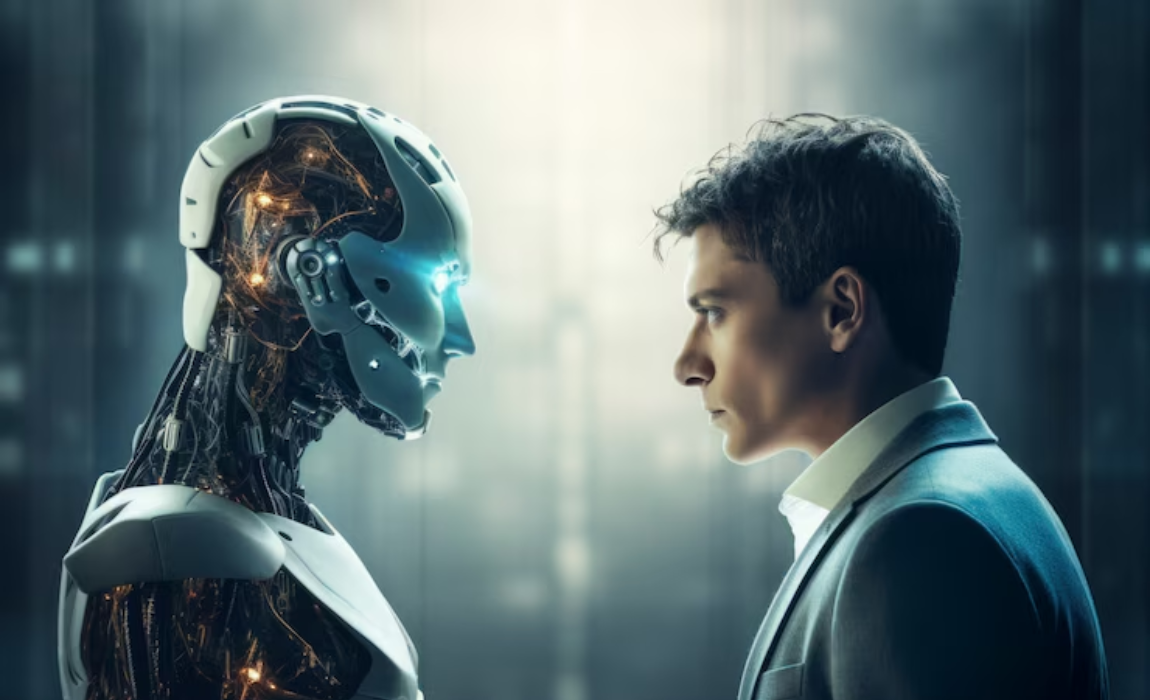
Artificial Intelligence in law field: Ethical challenges and Regulatory needs
There’s no denying that artificial intelligence (AI) has found its way into the corridors of our courts, the offices of our advocates, and even into the judgment chambers of our judiciary. What was once confined to science fiction has quietly become a part of how we research case law, predict outcomes, and manage legal data. But as with all powerful tools, AI brings not just convenience but a host of questions that cut to the very core of justice.
Let’s start with the obvious: AI has great potential. It can sift through thousands of pages of case law in seconds, it can help lawyers draft contracts faster, and it can support judges in managing their caseloads more efficiently. Tools like SUPACE—developed by the Supreme Court of India—are meant to do just that: assist, not decide. But are we thinking deeply enough about where the line is between
assistance and dependence?
One of the biggest worries surrounding AI in law is bias—yes, bias not from a person, but from data. AI learns from past records. If those records contain patterns of discrimination—based on caste, gender, religion, or socio-economic status—AI will pick them up and treat them as “normal.” This is not hypothetical. In the U.S., an algorithm used to predict the likelihood of reoffending was found to be far harsher on Black defendants than on white ones, even when circumstances were the same. If that kind of tool were used in our bail or sentencing decisions, the damage could be irreversible.
Then comes the issue of transparency. When a judge writes a judgment, they give reasons. When a lawyer argues a case, they give logic. But AI systems often operate as “black boxes.” They give results, but not reasons. That’s deeply troubling for a legal system that prides itself on openness and reasoned decisions. If a litigant is affected by an AI recommendation— whether it’s in a sentencing suggestion or legal advice—they have every right to ask: why? And if no one can answer, how can justice be said to have been done?
Accountability is another grey area. If a software tool suggests an action that later proves unjust, who is to blame? The judge who used it? The developer who coded it? Or the system that adopted it without full understanding? Unlike humans, AI cannot be cross-examined, held in contempt, or asked to reflect on its decisions.
Despite these concerns, India does not yet have any specific regulation on the use of AI in the legal field. The recently passed Digital Personal Data Protection Act, 2023 talks about consent and data handling, but it doesn’t cover the more complex issues of AI fairness, transparency, or redress. Europe is ahead of us here, with its upcoming AI Act that imposes strict checks on high-risk AI systems, including those used in courts. India would do well to study such models and come up with its own rules—tailored to our legal traditions and social realities.
To be clear, this isn’t a call to reject AI. Technology can be a powerful ally in making justice quicker and more accessible. But we must not allow speed to outrun scrutiny. AI can support decision-making, but it cannot replace human judgment—at least not without serious risk.
Judges don’t just apply the law; they interpret it, balance equities, and, at times, act with compassion. These are not things a machine can do.
In the end, the law must remain a human enterprise. The scales of justice may be held by Lady Justice, but her eyes must not be covered by a blindfold of unchecked algorithms.
